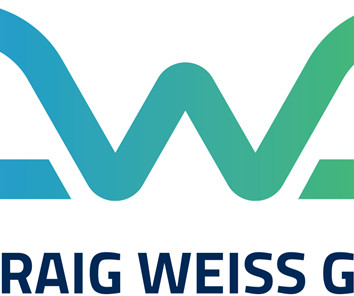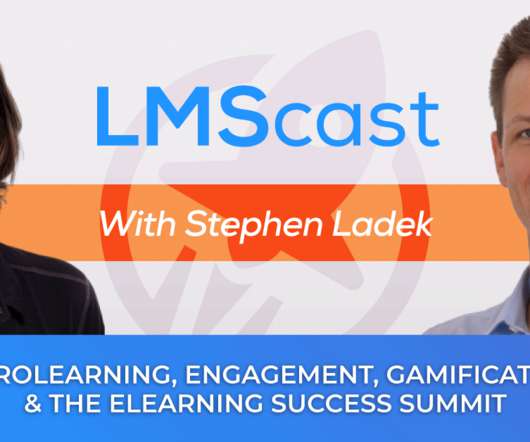Top 10 Learning Systems 23-24
eLearning 24-7
DECEMBER 21, 2023
The Top 10 Awards of Learning Systems 2023-24, that are one part fully independent, one part global in reach, one part in-depth analysis and one part analytics based upon everything you can imagine and more (not Gen AI though, it’s way too new, into the space). Any open-source solution? This is it! Strictly EdTech?


















Let's personalize your content